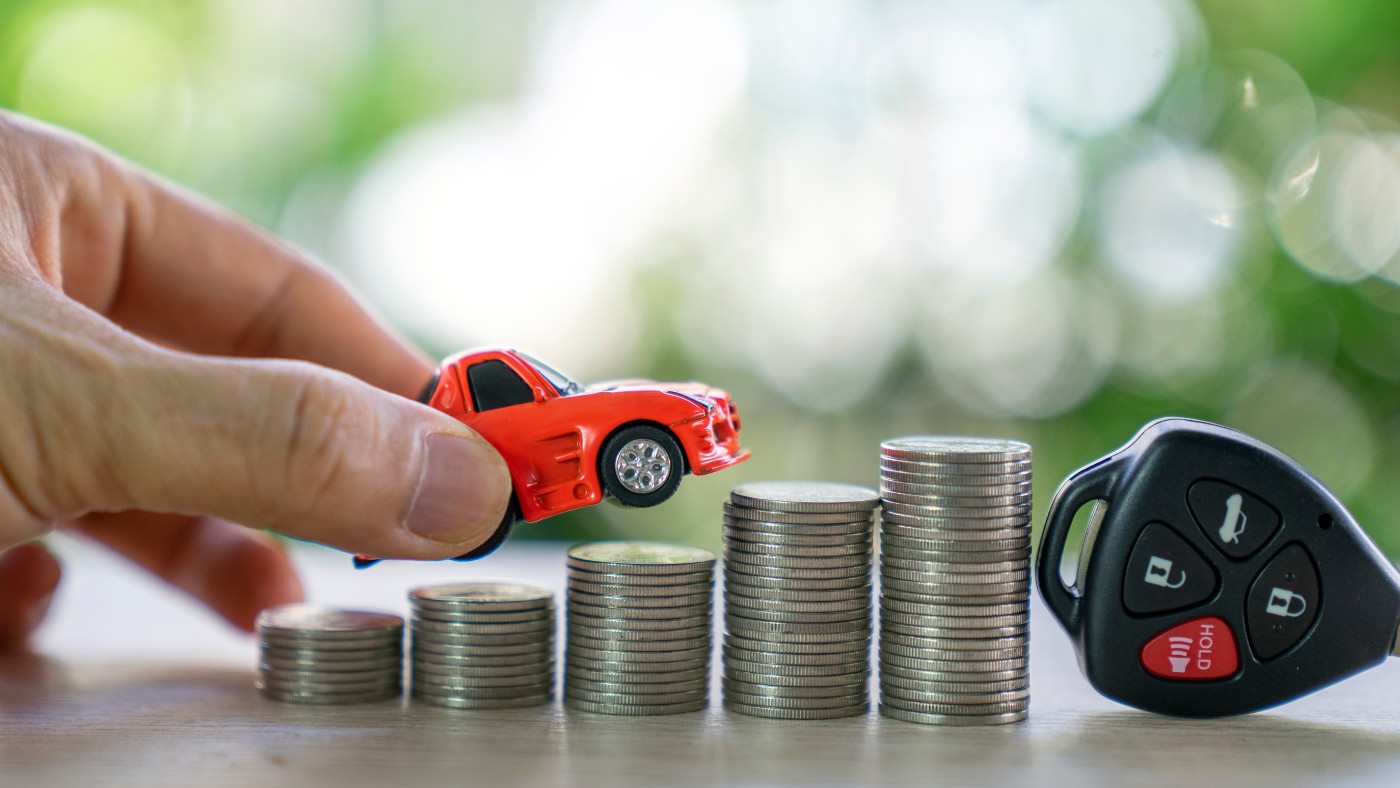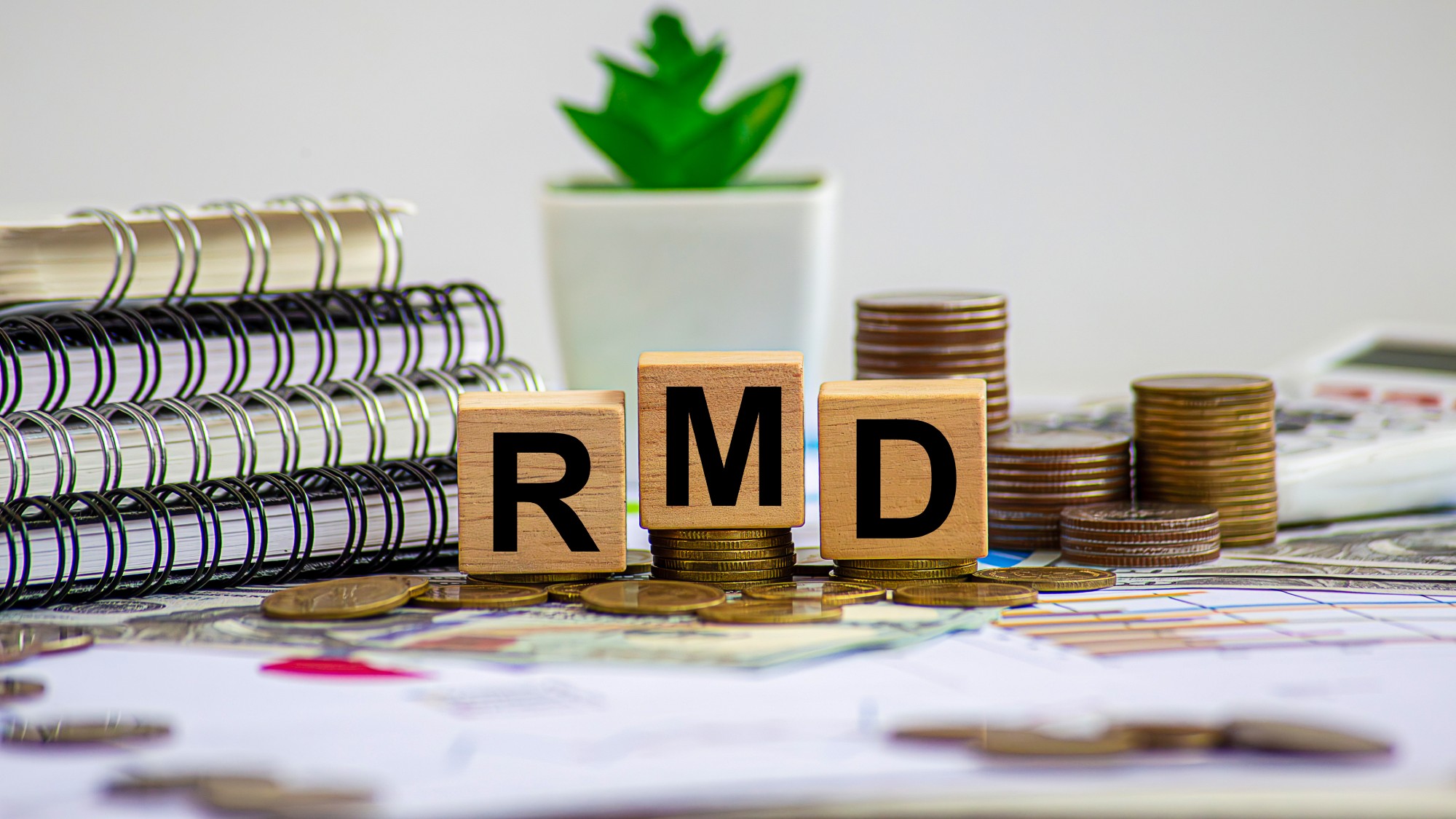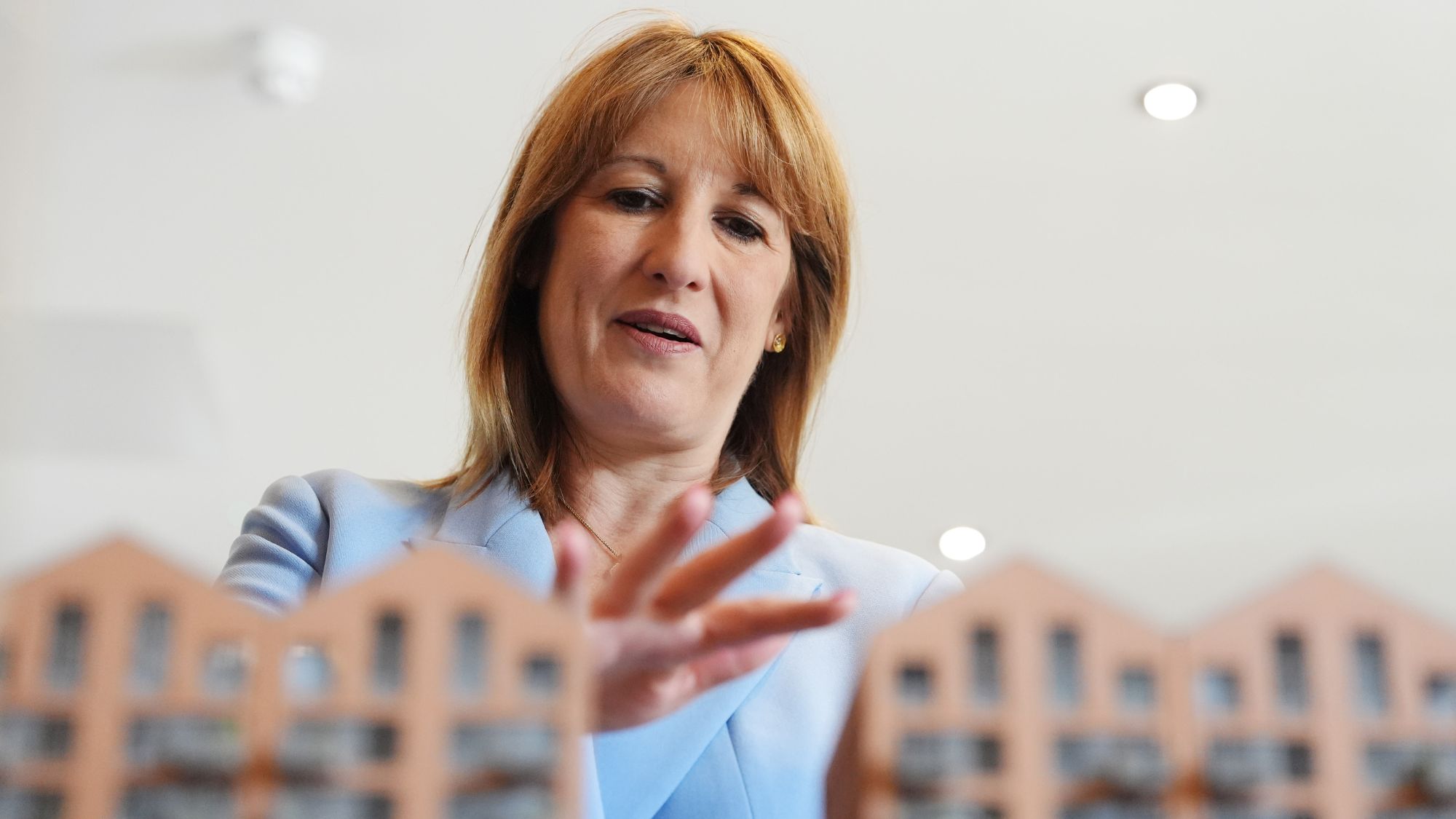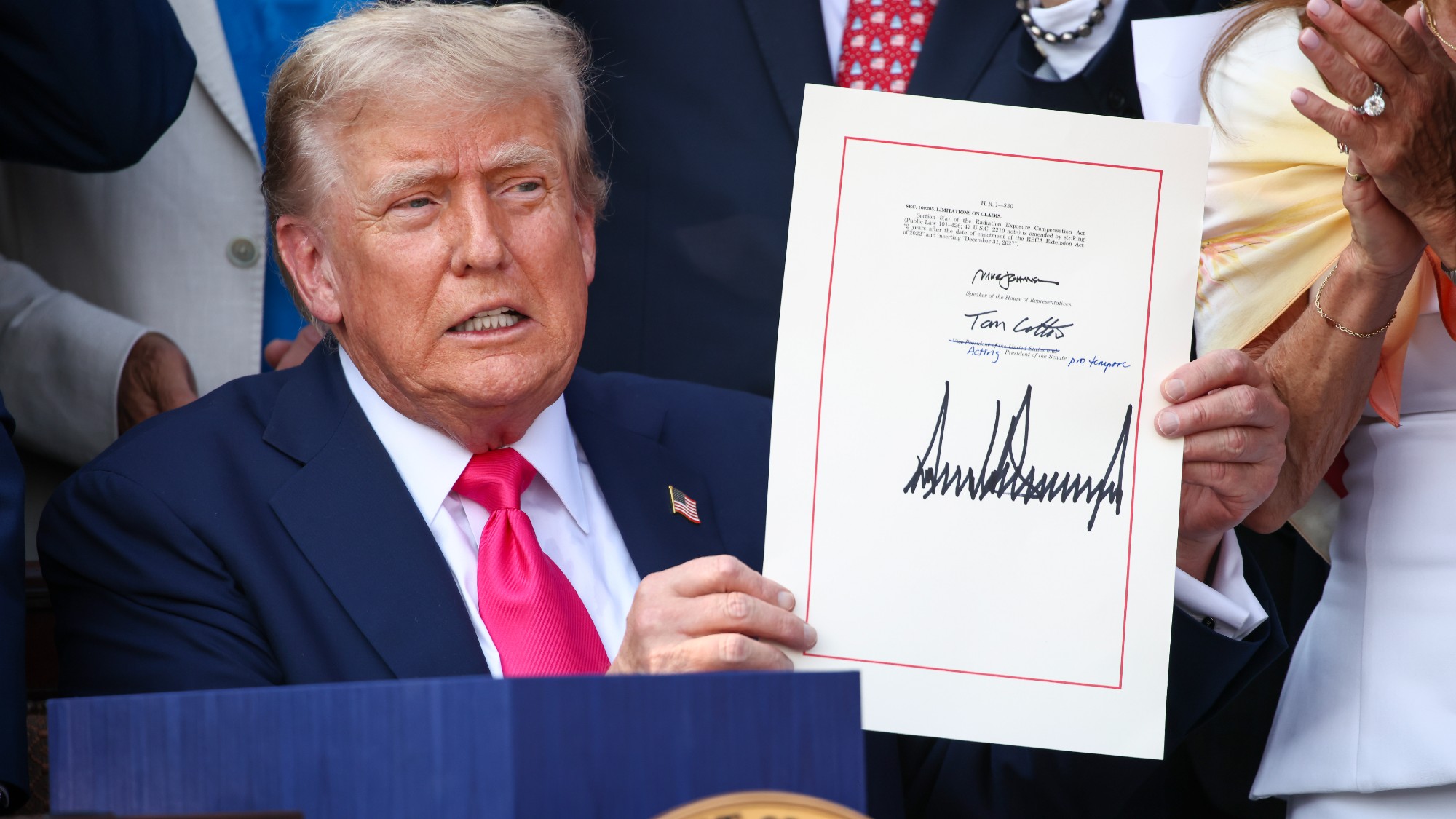Why car tax is going up – and how much you face paying
Hikes to Vehicle Excise Duty rates from 1 April will hit most car owners

Motorists face paying even more to keep their cars on the road from this month as car tax increases in line with soaring inflation rates.
Chancellor Jeremy Hunt spared motorists a “huge rise in fuel duty in line with inflation in his Spring Budget”, said This is Money, but “he refused to put a freeze” on the cost of Vehicle Excise Duty (VED) – car tax – from 1 April 2023. And with the retail price index (RPI) at 10.1%, that “translates to some major price increases for drivers” of cars, vans and motorcycles, the site added.
Most owners “can expect to be stung” by the changes, with some of the biggest increases hitting those with £40,000-plus petrol, diesel or hybrid vehicles registered in the past five years.
The Week
Escape your echo chamber. Get the facts behind the news, plus analysis from multiple perspectives.

Sign up for The Week's Free Newsletters
From our morning news briefing to a weekly Good News Newsletter, get the best of The Week delivered directly to your inbox.
From our morning news briefing to a weekly Good News Newsletter, get the best of The Week delivered directly to your inbox.
What is Vehicle Excise Duty?
Car tax is an annual charge that “is a legal requirement for all vehicles registered in the UK“, said the Daily Mirror’s money editor Levi Winchester. The only exception is electric vehicles, which are exempt until 2025.
Motorists who buy a new car pay a first-year “showroom tax rate”, which is based on the vehicle's CO2 emissions. After the first year, a flat standard rate is paid annually.
“The VED rates you have to pay will also be influenced by when your vehicle was registered, meaning when it first went into use,” said The Money Edit.
Before 1 April 2017, a different system was used that was more heavily focused on encouraging drivers to buy cars that emitted as little CO2 as possible. Cars that emitted less than 100g/km of CO2 emissions were not taxed at all and tax costs were very low for cars emitting up to 120g/km too, but far higher charges were applied to cars with higher emissions.
A free daily email with the biggest news stories of the day – and the best features from TheWeek.com
The current VED system applies to cars registered since April 2017 and vastly expanded the number of vehicles eligible for the flat-rate tax, as part of the push to encourage motorists to go fully electric.
If your car was registered before the change, the tax remains governed by the old rules.
How is car tax calculated?
The first-year tax cost can range from £0 to £2,365, “depending on how environmentally-friendly the car is”, said MoneyHelper. The tax rates are split into bands based on how many grams of CO2 a vehicle emits per kilometre driven.
After the first year, the VED charge for petrol and diesel cars registered after 1 April 2017 with a list price under £40,000 is £180 (up from £165 in the 2022-23 financial year). And owners of cars listed for £40,000 or more have to pay an additional £390 annual fee for five years.
So the owner of a petrol or diesel car with a list price of more than £40,000 would pay £570 (£180+£390) for five years from the second time that the vehicle is taxed.
The list price is the published price before any discounts at the first registration. Check the list price with your dealer when purchasing a car to find out how much vehicle tax you’ll have to pay, or check by entering the car’s registration number at Gov.uk.
Under the pre-April 2017 system, said The Money Edit, there was “no special first-year cost”, just the annual rate based on emission levels.
Why are rates rising?
Car tax increases each April in line with inflation, which has soared over the past year.
The latest RPI hike has increased VED for all car buyers except those purchasing fully electric vehicles or plug-in hybrids vehicles that emit less than 50g/km CO2. Buyers of the latest petrol and diesel cars with carbon emissions up to 150g/km can expect to pay between £5 and £60 more than before the latest hike.
And those “buying a new motor with CO2 emission above 150g/km will be forced to pay an extra £60 to £240, with the most polluting models clobbered by a first-year showroom tax rate of £2,605”, said This is Money.
How to cut your car tax costs
“Keeping your VED costs to a minimum will mean opting for vehicles with lower emission levels,” said The Money Edit. Although electric vehicles will no longer be exempt from the first-year charge from 2025, “they will continue to incur lower charges than those that are purely powered by petrol or diesel”.
There is also no tax on cars registered between March 2001 and before 1 April 2017 that produce less than 100g/km of CO2 emissions, and “historic vehicles” that are more than 40 years old are exempt too.
“Some disabled drivers are also exempt from VED, for example those who use a mobility scooter or who receive the disability living allowance mobility component’s higher rate,” the site added.
For the majority of owners who do have to pay car tax, the cost can be minimised by paying the whole lot in one go, because the “government imposes a 5% surcharge if you pay either in two or 12 stages”.
Marc Shoffman is an award-winning freelance journalist, specialising in business, property and personal finance. He has a master’s degree in financial journalism from City University and has previously written for FTAdviser, ThisIsMoney, The Mail on Sunday and MoneyWeek. This article is based on information first published on The Week's sister site, The Money Edit.
Marc Shoffman is an NCTJ-qualified award-winning freelance journalist, specialising in business, property and personal finance. He has a BA in multimedia journalism from Bournemouth University and a master’s in financial journalism from City University, London. His career began at FT Business trade publication Financial Adviser, during the 2008 banking crash. In 2013, he moved to MailOnline’s personal finance section This is Money, where he covered topics ranging from mortgages and pensions to investments and even a bit of Bitcoin. Since going freelance in 2016, his work has appeared in MoneyWeek, The Times, The Mail on Sunday and on the i news site.
-
 ‘All of these elements push survivors into silence’
‘All of these elements push survivors into silence’Instant Opinion Opinion, comment and editorials of the day
-
 A running list of US interventions in Latin America and the Caribbean after World War II
A running list of US interventions in Latin America and the Caribbean after World War IIin depth Nicolás Maduro isn’t the first regional leader to be toppled directly or indirectly by the US
-
 How to rekindle a reading habit
How to rekindle a reading habitThe Week Recommends Fall in love with reading again, or start a brand new relationship with it
-
 3 required minimum distribution tax mistakes to avoid
3 required minimum distribution tax mistakes to avoidThe Explainer Missteps in making withdrawals from tax-advantaged retirement accounts can cost you big
-
 Is duty-free shopping worth it?
Is duty-free shopping worth it?the explainer How to determine whether you are actually getting a good deal
-
 What the 2025 Autumn Budget could mean for your wallet
What the 2025 Autumn Budget could mean for your walletThe Explainer Chancellor Rachel Reeves will reveal her latest plan to balance the nation’s finances in November
-
 What taxes do you pay on a home sale?
What taxes do you pay on a home sale?The Explainer Some people — though not many — will need to pay capital gains taxes upon selling their home
-
 Clean energy tax credits are going away. Here's how to get them before it's too late.
Clean energy tax credits are going away. Here's how to get them before it's too late.The Explainer Trump's recently passed megabill promises the early demise of clean energy tax credits
-
 How will the new tax deductions on auto loans work?
How will the new tax deductions on auto loans work?the explainer Trump's One Big Beautiful Bill Act introduced a tax deduction on auto loan interest — but eligibility for the tax break is limited
-
 8 ways Trump's bill will change your taxes
8 ways Trump's bill will change your taxesThe Explainer The 'big beautiful bill' was recently signed into law. Here's what it might mean for your wallet.
-
 Who has to pay the estate tax?
Who has to pay the estate tax?the explainer Trump's new bill will permanently shift who owes federal estate tax